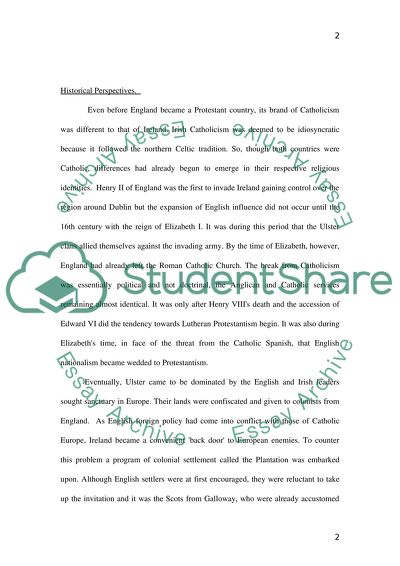Cite this document
(“Critically evaluate the religious conflict in Northern Ireland using Essay”, n.d.)
Retrieved from https://studentshare.org/religion-and-theology/1534485-critically-evaluate-the-religious-conflict-in-northern-ireland-using-both-contemporary-and-traditional-sociological-theories-examine-the-ways-in-which-the-con
Retrieved from https://studentshare.org/religion-and-theology/1534485-critically-evaluate-the-religious-conflict-in-northern-ireland-using-both-contemporary-and-traditional-sociological-theories-examine-the-ways-in-which-the-con
(Critically Evaluate the Religious Conflict in Northern Ireland Using Essay)
https://studentshare.org/religion-and-theology/1534485-critically-evaluate-the-religious-conflict-in-northern-ireland-using-both-contemporary-and-traditional-sociological-theories-examine-the-ways-in-which-the-con.
https://studentshare.org/religion-and-theology/1534485-critically-evaluate-the-religious-conflict-in-northern-ireland-using-both-contemporary-and-traditional-sociological-theories-examine-the-ways-in-which-the-con.
“Critically Evaluate the Religious Conflict in Northern Ireland Using Essay”, n.d. https://studentshare.org/religion-and-theology/1534485-critically-evaluate-the-religious-conflict-in-northern-ireland-using-both-contemporary-and-traditional-sociological-theories-examine-the-ways-in-which-the-con.


